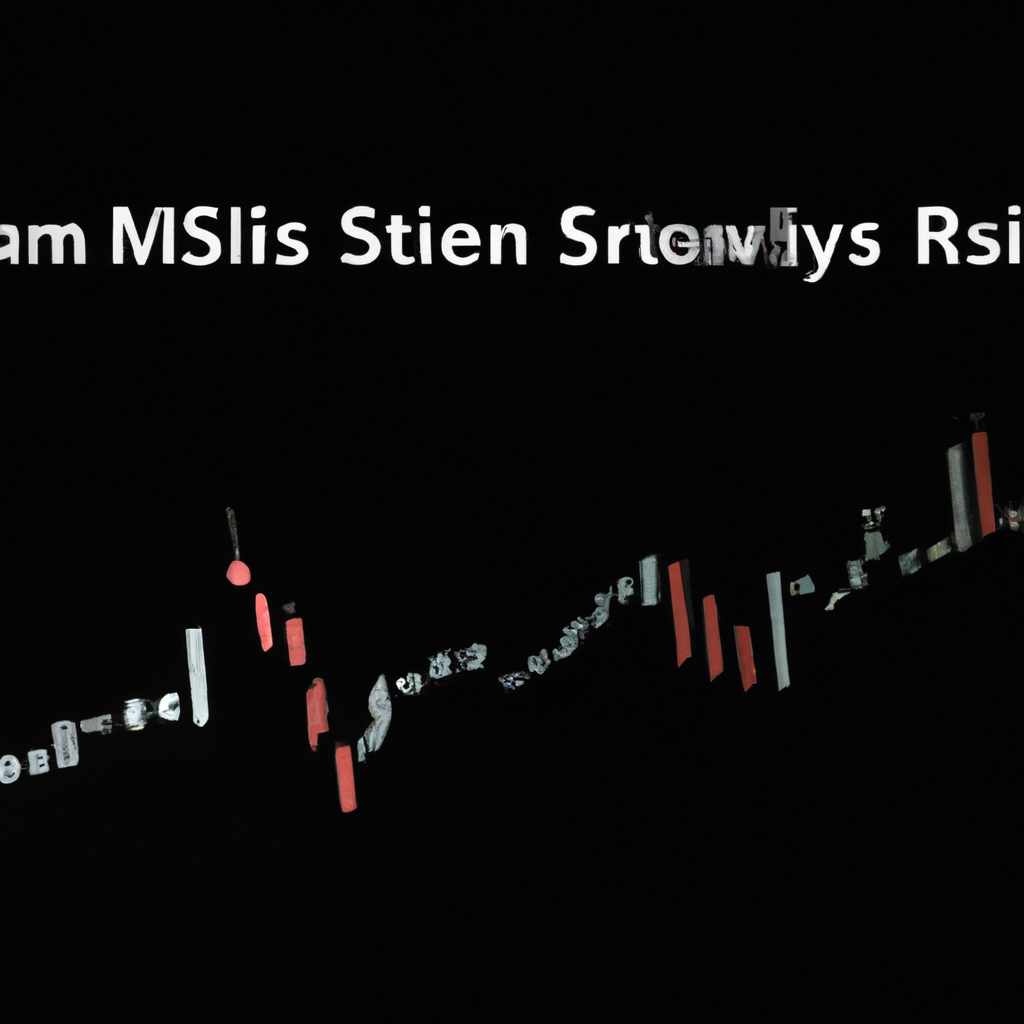Using RSI for Identifying Market Momentum
Introduction
The Relative Strength Index (RSI) is a popular technical indicator used by traders and investors to gauge the strength and direction of market momentum. It is a versatile tool that can help identify overbought and oversold conditions in a market, as well as potential trend reversals. In this article, we will explore how to use RSI effectively for identifying market momentum and making informed trading decisions.
Understanding RSI
The RSI is a momentum oscillator that measures the speed and change of price movements. It oscillates between 0 and 100, with readings above 70 indicating overbought conditions and readings below 30 indicating oversold conditions. The RSI is typically calculated using a 14-day period, but this can be adjusted based on the trader’s preferences and time frame.
Identifying Overbought and Oversold Conditions
One of the primary uses of RSI is to identify overbought and oversold conditions in a market. When the RSI reading exceeds 70, it suggests that the market is overbought and may be due for a correction or reversal. Conversely, when the RSI reading falls below 30, it indicates oversold conditions and a potential buying opportunity.
Confirming Trend Reversals
In addition to identifying overbought and oversold conditions, RSI can also help confirm trend reversals. When the RSI forms a divergence with the price, such as when the price makes a higher high while the RSI makes a lower high, it suggests a weakening of the prevailing trend. This can serve as a warning sign for traders to consider potential trend reversals and adjust their trading strategies accordingly.
Using RSI in Conjunction with Other Indicators
While RSI can be a powerful tool on its own, it is often more effective when used in conjunction with other technical indicators. For example, traders may combine RSI with moving averages or trend lines to validate signals and increase the probability of successful trades. By utilizing multiple indicators, traders can gain a more comprehensive understanding of market momentum and make more informed trading decisions.
Conclusion
The Relative Strength Index (RSI) is a valuable tool for identifying market momentum and making informed trading decisions. By understanding how to interpret RSI readings, traders can identify overbought and oversold conditions, as well as potential trend reversals. Additionally, by combining RSI with other technical indicators, traders can enhance their analysis and increase the accuracy of their trading strategies. Ultimately, RSI can be a valuable addition to any trader’s toolkit when used effectively and in conjunction with other indicators.
